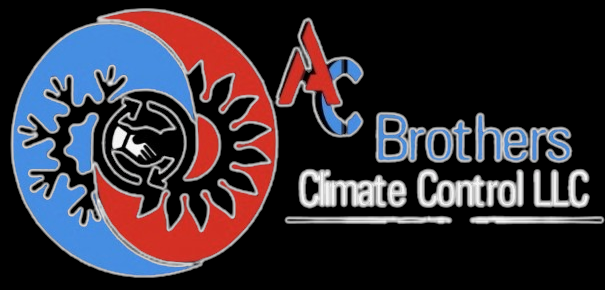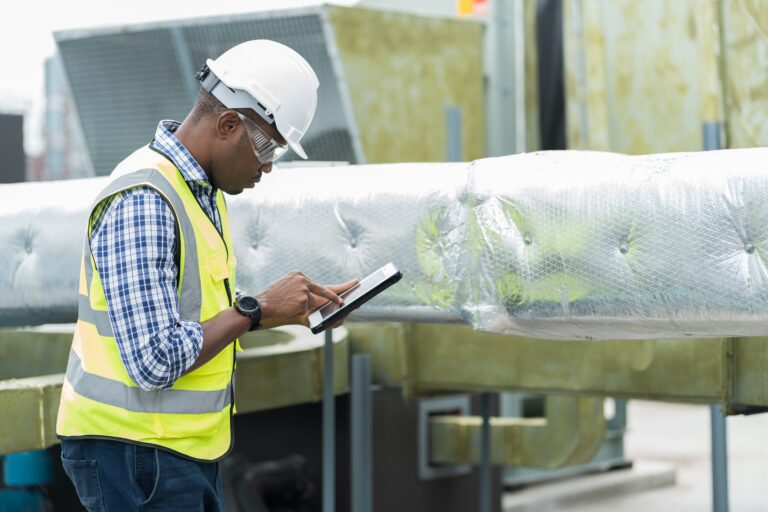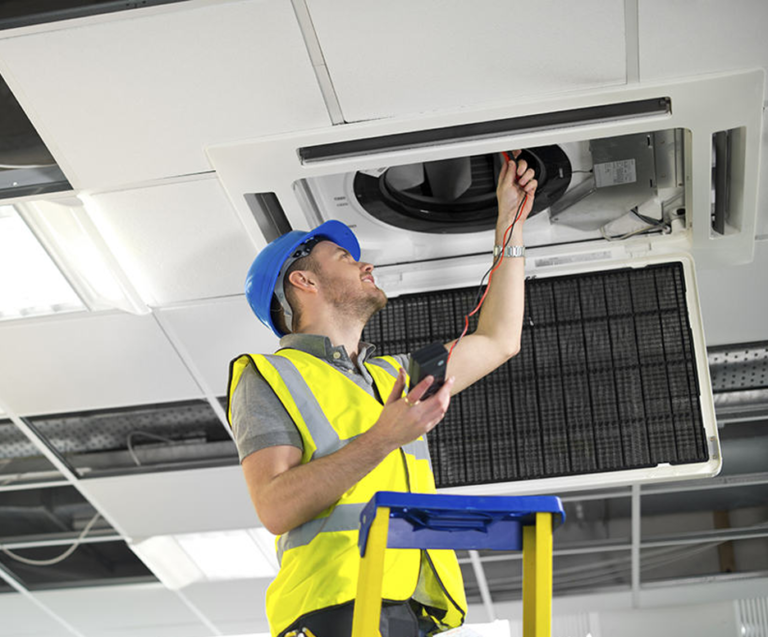- Assessment and Diagnosis: Begin by recognizing the issue with your HVAC system. Identify any unusual sounds, odors, or performance issues. If you’re unsure, it’s advisable to consult with a professional technician to conduct a thorough assessment and diagnosis.
- Research and Choose a Reliable HVAC Service Provider: Look for reputable HVAC service providers in your area. Read reviews, ask for recommendations, and ensure the chosen company is licensed and experienced. Verify their expertise in repairing your specific type and brand of HVAC system.
- Schedule an Appointment: Contact the HVAC service provider to schedule a service appointment. Clearly communicate the issues you’ve observed to help them prepare for the repair.
- Preparation Before Technician Arrival: Before the technician arrives, make sure the work area is accessible and clear of any obstacles. If possible, provide relevant documentation about the HVAC system, including its make, model, and maintenance history.
- Initial Inspection by Technician: Upon arrival, the technician will conduct an initial inspection to pinpoint the problem. Be prepared to answer any additional questions they may have about the system’s behavior or recent changes.
- Diagnosis and Explanation: The technician will explain the diagnosis, detailing the problem, potential causes, and the proposed solution. They should also provide an estimate of the repair costs and get your approval before proceeding.
- Authorization and Agreement: If you agree to the proposed repair, sign any necessary authorization forms or service agreements. Make sure you have a clear understanding of the terms, including costs, warranties, and the expected timeline for completion.
- Repair Work: The technician will begin the repair work, replacing faulty components, adjusting settings, or addressing any other issues. They may also perform routine maintenance tasks to ensure the overall health of the HVAC system.
- Quality Assurance Check: After the repairs are complete, the technician will conduct a quality assurance check. This involves testing the system to ensure that the issue has been resolved and that the HVAC unit is functioning optimally.
- Customer Education and Maintenance Tips: The technician should provide you with insights into maintaining your HVAC system, including tips for preventing similar issues in the future. This may involve changing air filters regularly, adjusting thermostat settings, or scheduling routine maintenance.
- Payment and Invoicing: Once the repair is successful, settle the payment as per the agreed terms. Ensure you receive a detailed invoice itemizing the services provided and any replaced parts.
- Follow-Up: A good HVAC service provider may follow up with you to ensure that the repaired system continues to function smoothly and to address any additional concerns you may have.
By following these steps, you can ensure a smooth and efficient process for getting your HVAC system repaired.



